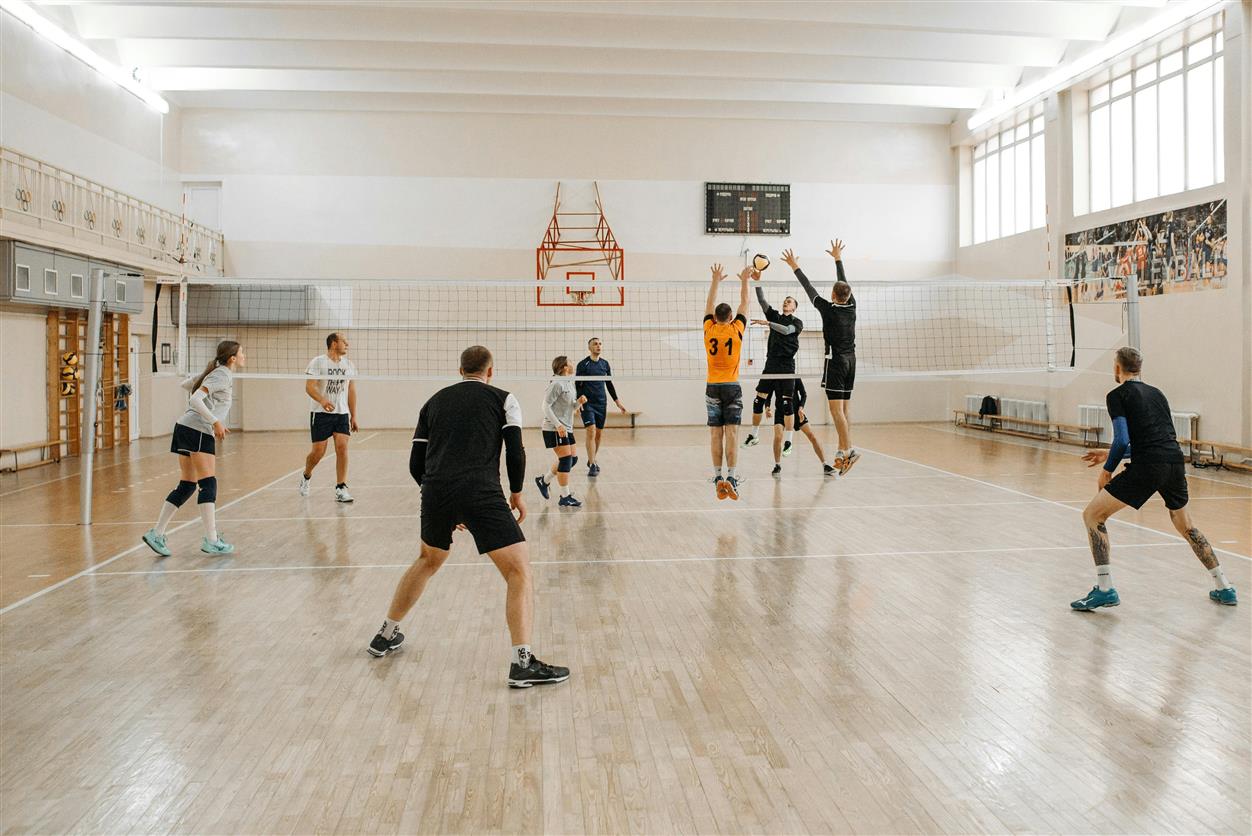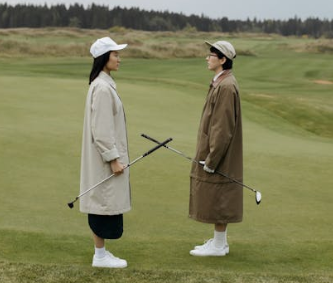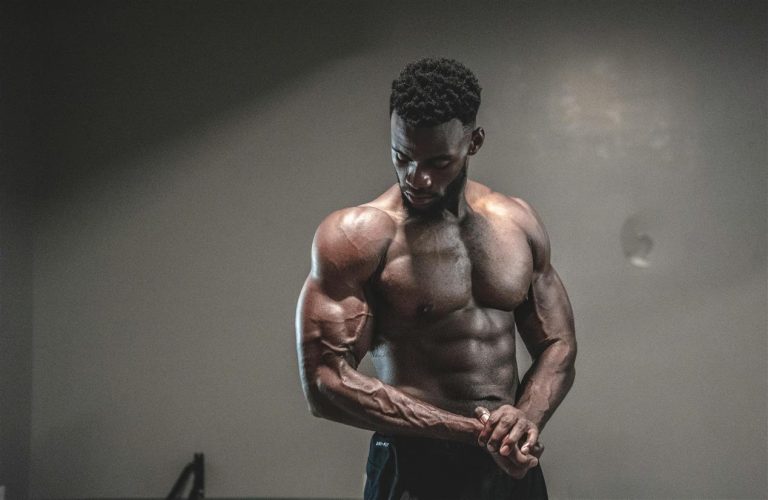
Once considered the domain of playgrounds and weekend rec leagues, mixed-gender sports are quietly entering the professional and semi-professional mainstream. From coed relays to integrated football tournaments, the idea of men and women competing together on the same field—rather than merely alongside one another—is gaining traction. But is this a fleeting experiment, or are we witnessing a foundational shift in how we think about competition?
For decades, the division between men’s and women’s sports has been framed as natural, necessary, and unquestionable. But as conversations about equity, representation, and athletic potential evolve, so too does the architecture of sport itself. Mixed-gender leagues are no longer just “novelty” showcases or PR stunts. They’re becoming laboratories for rethinking what fairness, entertainment, and excellence might look like in the next era of competition.
What’s Happening Now
In recent years, we’ve seen a steady rise in structured, competitive formats where men and women share the spotlight:
- Track & Field introduced the mixed 4x400m relay at the 2019 World Championships and the Tokyo 2020 Olympics, drawing global attention.
- Tennis has long offered mixed doubles at Grand Slam events, but new formats like World TeamTennis have blurred the traditional lines further.
- Cricket’s The Hundred in the UK ran simultaneous men’s and women’s matches with joint marketing and shared prize pools—an integrated approach in everything but the actual rosters.
- In football, there are growing calls for more coed competitions, particularly in futsal and smaller-sided formats. Some national associations have begun experimenting at youth and amateur levels.
- Esports, a rapidly growing sector with fewer physical barriers, has seen mixed teams flourish at elite levels, though issues around inclusion and toxicity persist.
This isn’t just window dressing. In several of these examples, mixed-gender competition has delivered on both competitiveness and entertainment, challenging long-held assumptions in the process.
Why Now?
There are several forces behind the rise in mixed-gender formats.
First, there’s the simple matter of visibility. As women’s sports gain more attention, the idea that female athletes are inherently “less entertaining” or “less skilled” is being steadily dismantled. People are seeing the quality for themselves—and realizing that much of the previous separation wasn’t based on capability, but convention.
Second, audiences are changing. Younger fans, particularly Gen Z, are less attached to rigid binaries. They value inclusivity, authenticity, and breaking the mold. To them, the idea of mixed teams isn’t just acceptable—it’s exciting. It represents a challenge to outdated systems and an opportunity for something more collaborative and layered.
Third, there’s the reality that some sports simply allow for mixed play more naturally than others. In disciplines like sailing, equestrian, and shooting, men and women already compete directly against each other. In others—like volleyball, basketball, and certain motorsports—there’s growing evidence that mixed formats can be both fair and compelling when designed thoughtfully.
The Athletic Question
The most common objection to mixed-gender leagues usually centers on biology: strength, speed, and size. These are not unreasonable concerns, and they deserve honest engagement.
Yes, in sports that rely heavily on raw power or speed—like sprinting or rugby—there are average physiological differences that must be considered. But the key word here is average. Not all male athletes are stronger than all female athletes, and performance gaps vary by sport and position. In disciplines that rely on strategy, timing, or technical skill, the differences can be marginal or even irrelevant.
This is where intelligent game design comes in. Rule tweaks, weight classes, positional quotas, or hybrid scoring systems can level the field without diluting the intensity. Mixed-gender formats don’t have to be copy-paste versions of traditional games—they can be built with parity in mind from the ground up.

Beyond the Field
Mixed-gender leagues aren’t just a question of performance—they’re a cultural project. They challenge how we define athletic identity. They put pressure on broadcast partners, sponsors, and governing bodies to rethink marketing, prize money, and media narratives. They also highlight deeper issues, like the gender pay gap, media bias, and unequal access to training and development.
One of the most powerful effects of coed teams is how they shift internal dynamics. Players learn to collaborate across lines that often divide. Mutual respect grows through shared sweat and shared goals. For young athletes, especially, this can reshape lifelong ideas about leadership, competitiveness, and what a teammate looks like.
And for fans? Seeing men and women on the same roster isn’t just visually symbolic—it reframes the drama. It adds complexity. It humanizes competition.
Who’s Leading the Way?
Interestingly, much of the progress in mixed-gender formats is happening outside the most established leagues. Smaller tournaments, independent organizers, and startups are experimenting with integrated models precisely because they aren’t bound by legacy systems.
Organizations like the International Mixed Martial Arts Federation have piloted coed training programs and tournaments. In ultimate frisbee, a traditionally coed sport at the amateur level, some of the highest levels of play now feature integrated teams competing nationally and internationally.
The road has been bumpier in more entrenched sports. While conversations are happening within football, basketball, and baseball, the structures are less flexible. Here, change is slower—but not impossible.
In 2024, Spain’s second-tier futsal league ran a mixed exhibition match that drew significant interest. Meanwhile, Australia’s National Rugby League has invested in skill-based mixed-gender competitions at the youth level, with plans to expand.
These experiments matter. They provide proof of concept. And they offer models for how larger leagues might proceed when they’re ready to take the risk.

Trend or Turning Point?
It’s fair to ask whether this movement will stick. Mixed-gender leagues face real headwinds—skepticism from purists, logistical challenges, and the inertia of institutions that see little upside in rewriting tradition.
But there’s also something undeniable happening beneath the surface. Each successful match, each sold-out game, each viral clip of a woman outplaying a man or vice versa chips away at the old framework.
It’s possible that mixed-gender leagues won’t replace existing structures—but coexist with them. Not as novelties, but as fully respected alternatives. Much like 3×3 basketball or beach volleyball, they might become new branches of the sporting tree rather than threats to its trunk.
In the long run, the shift might be less about who plays with whom, and more about broadening our collective sense of what sports can look like. If the aim is to elevate talent, expand opportunity, and build deeper connection with fans, then the rise of mixed-gender leagues may not just be a trend.
It might be the future knocking.
And this time, everyone’s invited to play.






